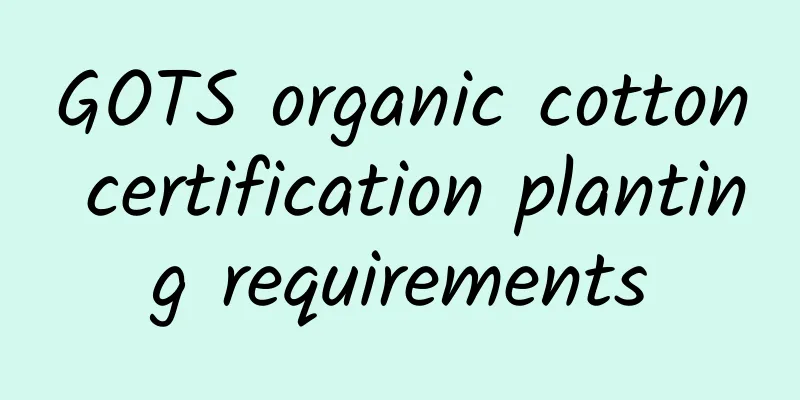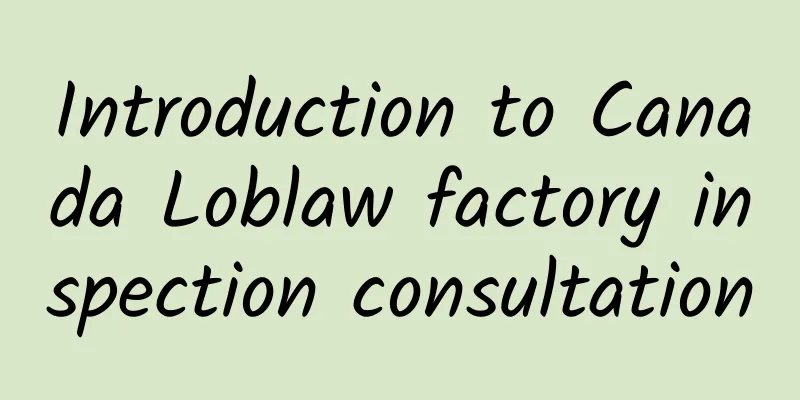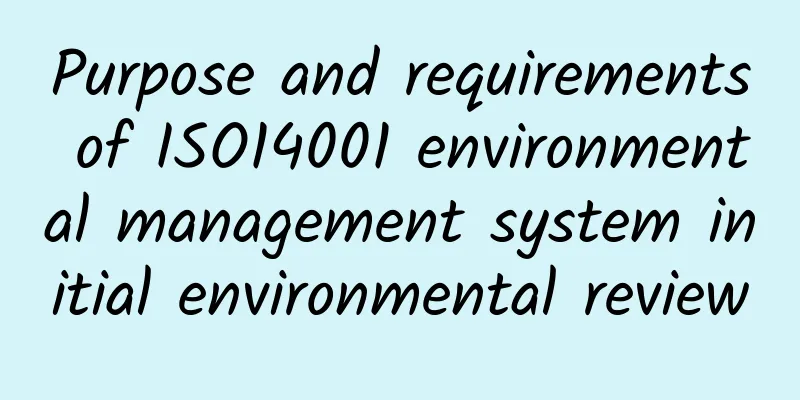GOTS organic cotton certification planting requirements

|
GOTS organic cotton certification planting requirements are the prerequisite for passing the certification audit. As the GOTS organic cotton certification audit has become more and more stringent this year, the pass rate is relatively low. Therefore, suppliers and factories must be fully prepared. Let's take a look at the relevant knowledge about GOTS organic cotton certification planting requirements. Before understanding the planting requirements of GOTS organic cotton certification, let’s first look at what organic cotton is. The concept of organic cotton: The term organic cotton is a direct translation from the English word Organic Cotton. It is also called ecological cotton or biological cotton in other foreign languages. There is no unified standard for organic cotton (Organic Cotton) in the world. Organic cotton is produced in fields that have stopped using chemical fertilizers and pesticides for more than three years in agricultural production. Organic fertilizers, biological pest control, and natural farming management are the main methods. Chemically synthesized fertilizers, pesticides, growth regulators and other substances are no longer used. Genetically engineered organisms and their products are also not used. From seeds to agricultural products, the cotton is produced naturally and pollution-free. The "Agricultural Product Safety and Quality Standards" promulgated by various countries or WTO/FAO are used as the measurement standard. The content of toxic and harmful substances such as pesticides, heavy metals, nitrates, and harmful organisms (including microorganisms, parasite eggs, etc.) in cotton is controlled within the limits specified by the standards, and the certified commercial cotton is obtained. GOTS organic cotton certification planting requirements are: Farm and Land Requirements: 1. Environmental requirements: Organic bases must be located in areas where the air, water and soil are not polluted, and there are no factories or other pollution sources around them. At the same time, they must avoid contamination from genetically modified crops. Some have also proposed that there should be no industrial pollution within a radius of 200 square kilometers where organic crops are grown. 2. Scope of certification: land that needs to be certified. 3. Conversion period: The transition from conventional production to organic production requires a conversion period, which is generally three years before the first crop to be certified is harvested. During the conversion period, operations must be carried out in full compliance with organic production requirements. Crops grown in the fields after one year of organic conversion can be certified as organic conversion crops, and their products can be sold as organic conversion period products. Related recommendations: >>> GOTS Global Organic Textile Certification Standard In addition to the above requirements, GOTS organic cotton certification also has certain requirements for pesticides, heavy metals, nitrates, harmful organisms, etc. If you want to pass the GOTS organic cotton certification, you must meet these requirements. |
<<: Introduction to GOTS organic cotton certification agency
>>: Tobacco Laboratory Quality Management System
Recommend
Key points of Carters factory inspection
1. Legality of the company: Guests can verify whet...
What are the main fees for eBay? Tips for sellers~
eBay divides the fees that sellers need to pay in...
How to create a high-quality Shopee Listing?
A high-quality listing will bring more traffic to...
Warning signs required for BSCI factory audit - escape, emergency exit and emergency assembly
Warning signs required for BSCI factory audit: es...
Conditions for applying for ISO17025 laboratory accreditation
What are the conditions for applying for ISO17025...
Primark-Liqi-Quality---Metal Management
Primark-Quality-Tool---Metal Management Developin...
What is Ezbuy? Ezbuy's advantages and entry conditions
Ezbuy was co-founded by He Jian and a group of am...
Reasons for enterprises to implement ISO9000 family standards
What are the reasons for enterprises to implement...
How long does it take to approve eBay business account registration?
How to register an eBay business account? How lon...
What is Banggood? How is Banggood's business development?
What is Banggu? Banggood Technology Co., Ltd. (Ba...
What is Hello Fax? How to use Hello Fax
What is Hello Fax? Hello Fax is a free fax servic...
BSCI Certification Working Hours Self-Test Checklist
Most companies’ working hours cannot meet the BSCI...
BSCI factory audits found legal deductions from employee wages
1. If the employee causes economic losses to the ...
Marketplace Growth--"One-to-one service for sellers"
Many sellers on the Amazon platform send question...
How is Kaiyunda Air Freight? What are the advantageous routes of Kaiyunda Air Freight?
How about Kaiyunda air transport? Kaiyunda Intern...









